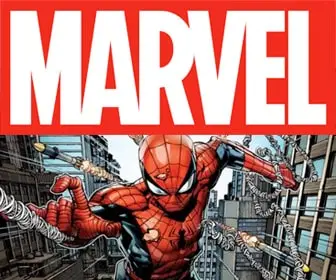
Mastering Comic Book Layouts: From Thumbnail Sketches to Final Drafts
Creating a comic book is an intricate art that involves more than just drawing; it’s about storytelling through a combination of images and text. One of the most crucial aspects of this storytelling process is the layout of the comic book pages. The layout determines the flow of the narrative, the pacing, and the overall visual impact of the page. Here is a comprehensive guide to planning and creating effective comic book pages from thumbnail sketches to final drafts.
Planning Your Layout
Understand the Story
Before you start sketching, make sure you have a clear understanding of the story you are telling. Know the key moments, the pacing, and the tone of the scene. This will inform your decisions about panel size, composition, and page layout.
Create Thumbnail Sketches
Thumbnail sketches are small, rough sketches of each page layout. This is where you will decide the number of panels per page, their size and shape, and the overall composition of the page. Play around with different layouts and compositions until you find the one that best serves the story.
Crafting Your Layout
Panel Size and Shape
The size and shape of your panels can affect the pacing and tone of your story. Larger panels can slow down the pacing and allow for more detail, while smaller panels can speed up the pacing and create a sense of urgency. Experiment with different panel sizes and shapes to find the one that fits the mood of your scene.
Panel Composition
The composition of each panel is crucial for guiding the reader’s eye across the page. Use leading lines, focal points, and the rule of thirds to create dynamic and engaging compositions.
Speech Balloons and Captions
Consider the placement of speech balloons and captions in your layout. Make sure they are placed in a way that is easy to read and doesn’t clutter the artwork. Use them to guide the reader’s eye across the page in a natural reading order.
Finalizing Your Layout
Review and Revise
Once you have created your layout, take a step back and review your work. Make sure the flow of the narrative is clear and that the pacing is appropriate. Make any necessary revisions to improve the clarity and impact of your page.
Create the Final Draft
Once you are satisfied with your layout, it’s time to create the final draft. Use clean lines, add details, and finalize the artwork. Make sure the text is legible and the artwork is clear and impactful.
Conclusion
Mastering comic book layouts is essential for creating dynamic and engaging comic book pages. By understanding the story, planning your layout, crafting your panels, and finalizing your work, you can create effective and impactful comic book pages that will captivate your readers. Remember, practice and experimentation are key to developing your own unique style and becoming a master of comic book layouts!











